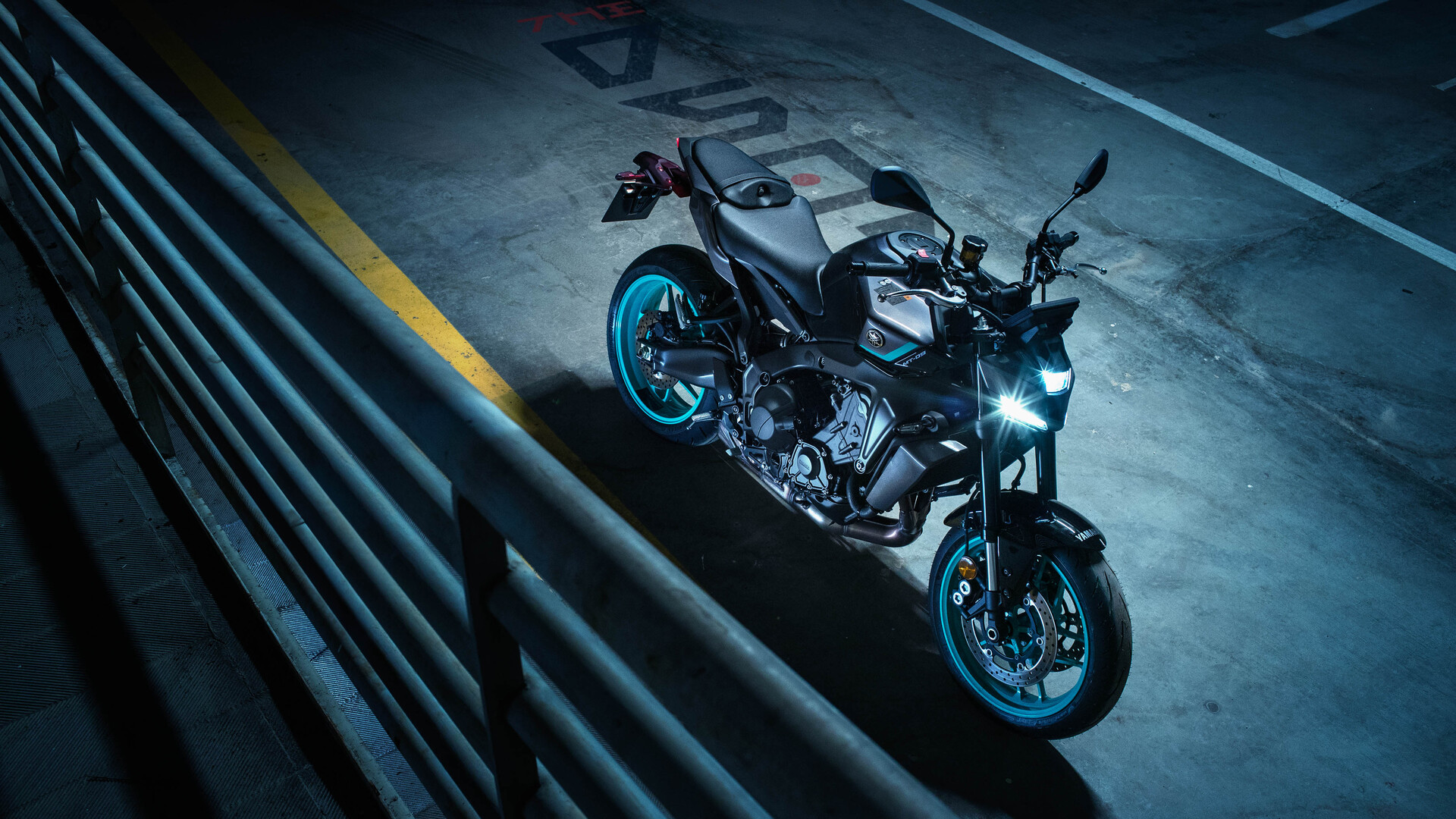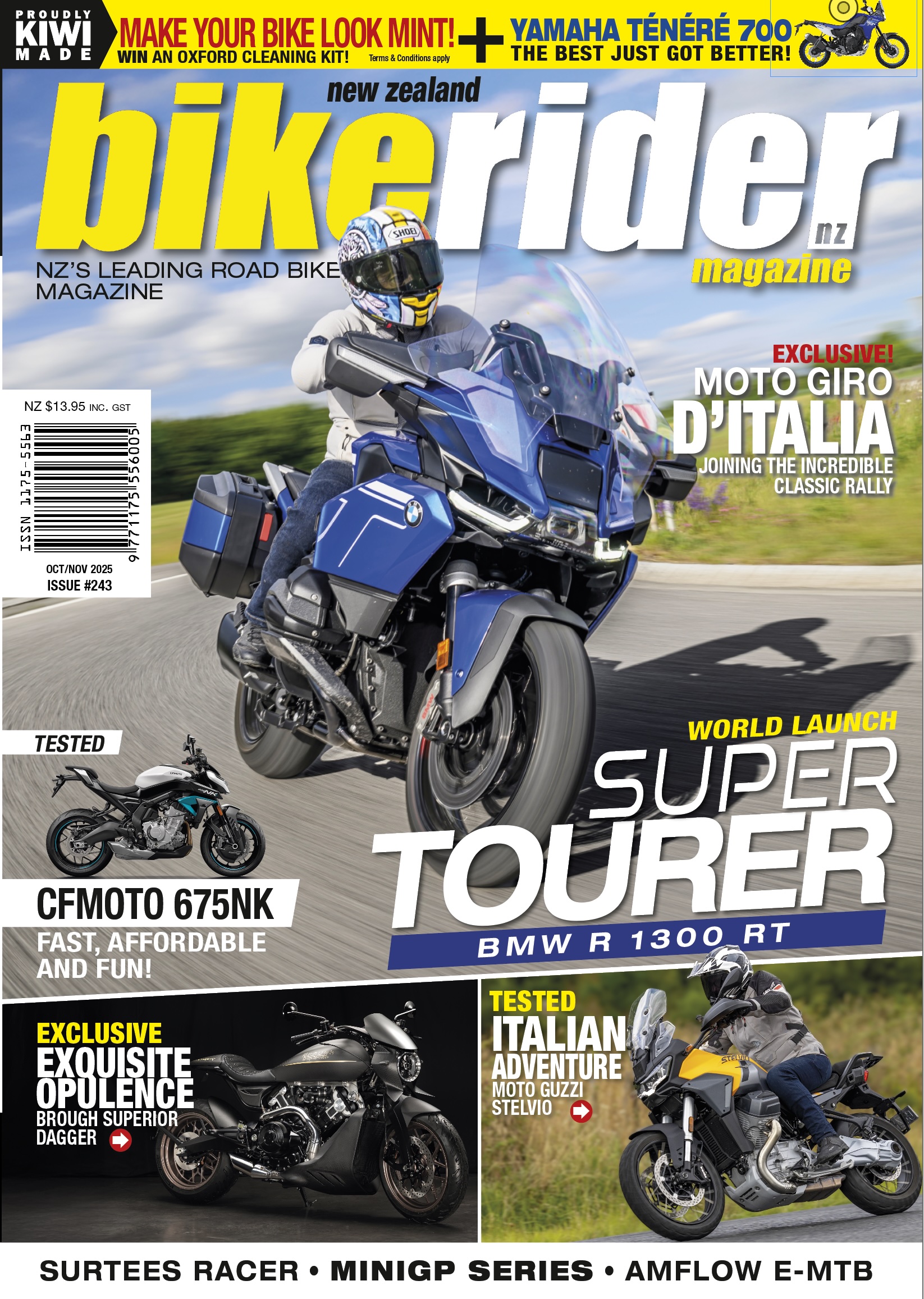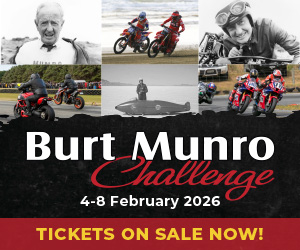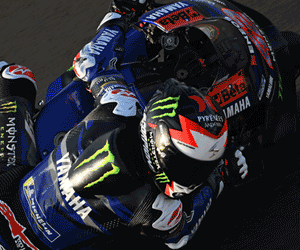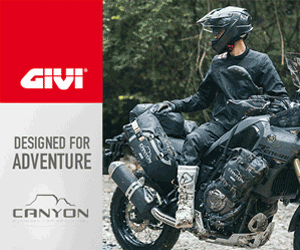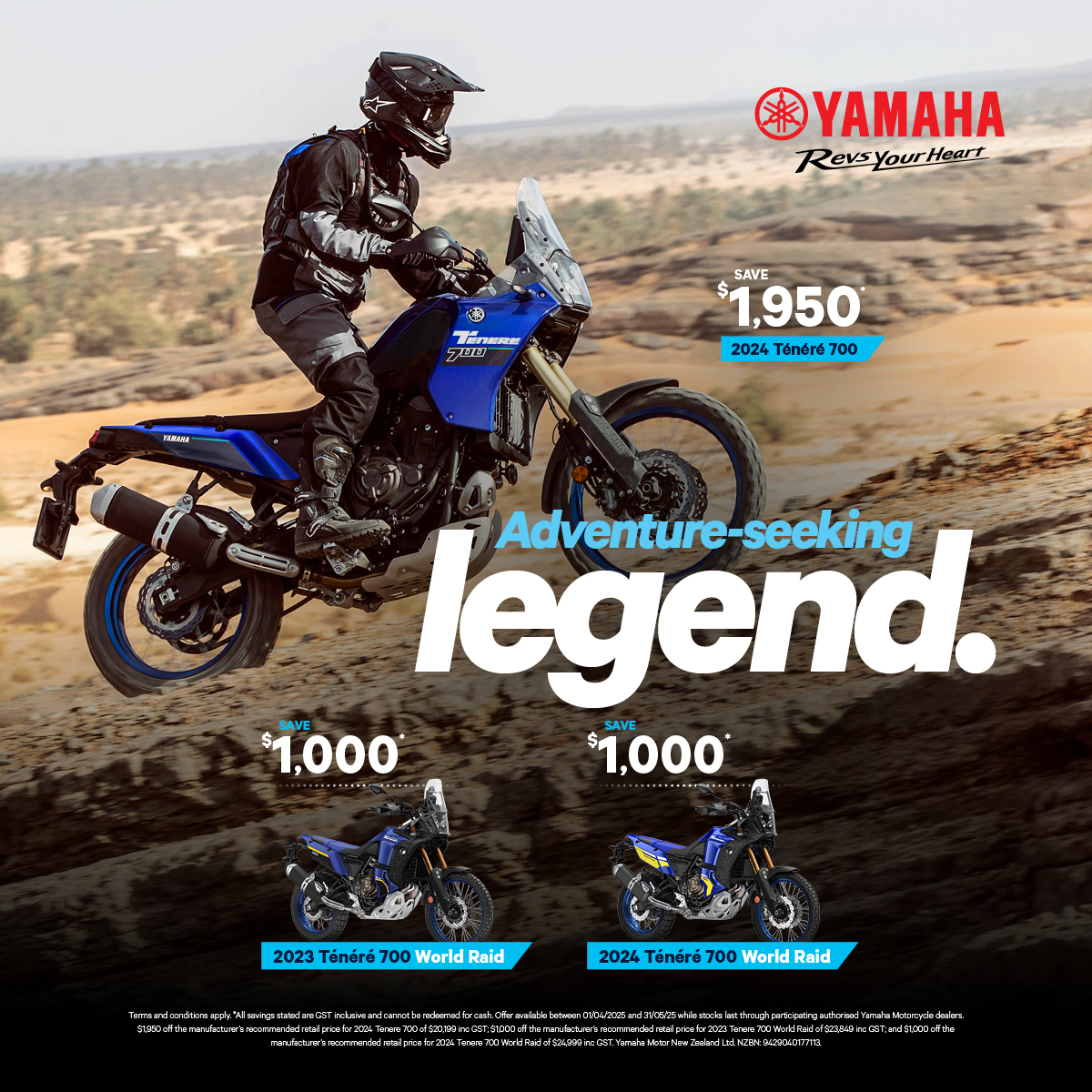- Patents filed for E-Turbo CP3 bike
- Shown to be used in an MT-10 chassis
- No confirmation of launch date
Yamaha has been working on several new technologies for its future motorcycles. With the AMT gearbox on bikes like the MT-09 and showcasing its hybrid tech, Yamaha is now developing turbocharging technology.
Well, Yamaha has been exploring turbocharging technology for motorcycles for several years now, with a focus on achieving better fuel efficiency and lower emissions. In 2020, the company quietly unveiled a prototype—a turbocharged 847cc triple-cylinder bike built around a re-engineered engine and mounted within a modified MT-10 chassis. This prototype aimed to evaluate the viability of turbo systems that could minimise turbo lag while reducing harmful emissions.
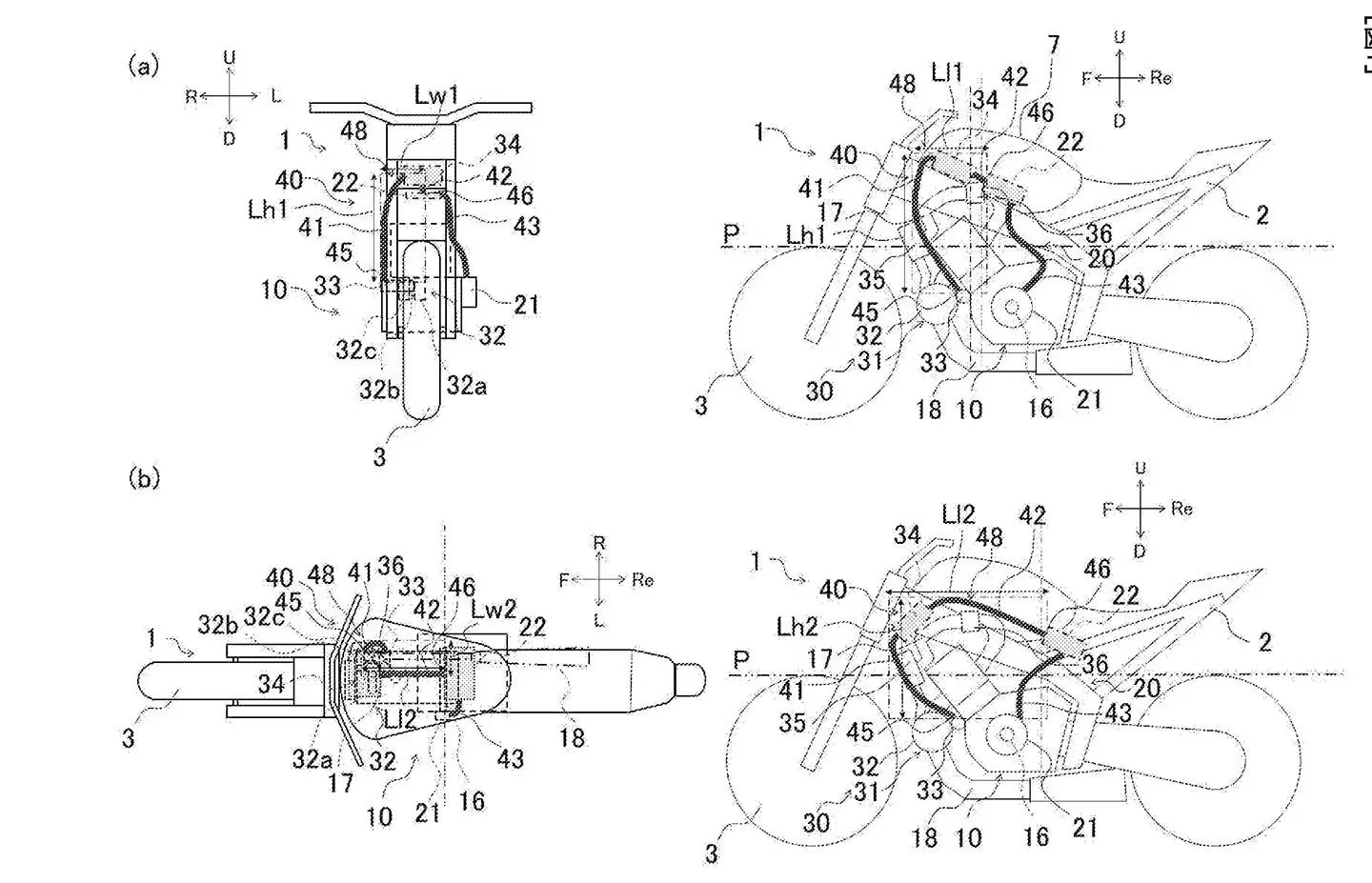
Although the engine shared its 847cc displacement and three-cylinder layout with the MT-09, it was an entirely new design. Impressively, it delivered 180 horsepower and 130 lb.-ft. of torque, while achieving a 30% reduction in CO₂ emissions and significant cuts in NOx, carbon monoxide, and unburned hydrocarbons. The move aligns with trends in the automotive world, where brands like BMW and Mercedes-Benz have adopted downsized, turbocharged engines to meet stricter emissions standards without sacrificing performance.
However, applying turbocharging to motorcycles introduces unique challenges. Space is limited, making it difficult to accommodate a turbocharger, intercooler, and associated piping. Moreover, any added weight or bulk has a more pronounced effect on a motorcycle’s handling and feel. Lag is another concern; even with advanced electronic throttle and engine control systems that make turbo lag almost unnoticeable in modern cars, motorcycles, with their rapid engine response and sensitive twist throttles, can reveal even slight delays in power delivery.
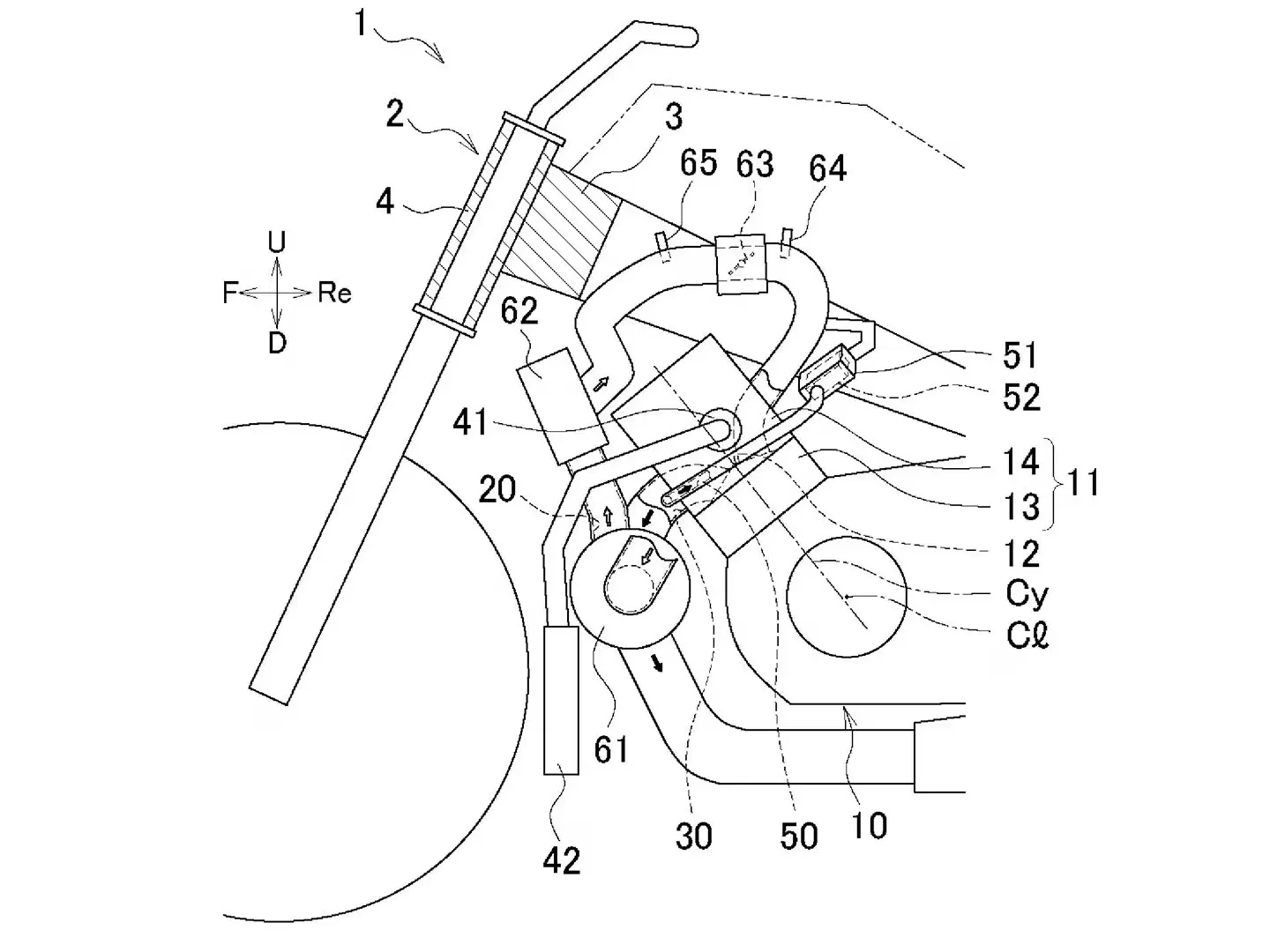
To address these issues, Yamaha’s latest patents reveal the use of an electric-assist turbo, or E-turbo. Already in use in the automotive industry—offered by companies like Garrett and BorgWarner, and featured in models from Porsche and Mercedes-Benz—E-turbos combine traditional exhaust-driven turbocharging with an integrated electric motor. This motor can spool the turbo and generate boost pressure even at low exhaust flow levels, effectively eliminating lag and making power available across the rev range.
The concept of using E-turbos on motorcycles isn’t entirely new. Suzuki had previously explored the idea in 2015 through patent filings for a four-cylinder motorcycle equipped with both an E-turbo and a hybrid drive system. However, the complexity and added bulk of that design likely kept it from reaching production. Yamaha, on the other hand, appears to be taking a more streamlined approach.
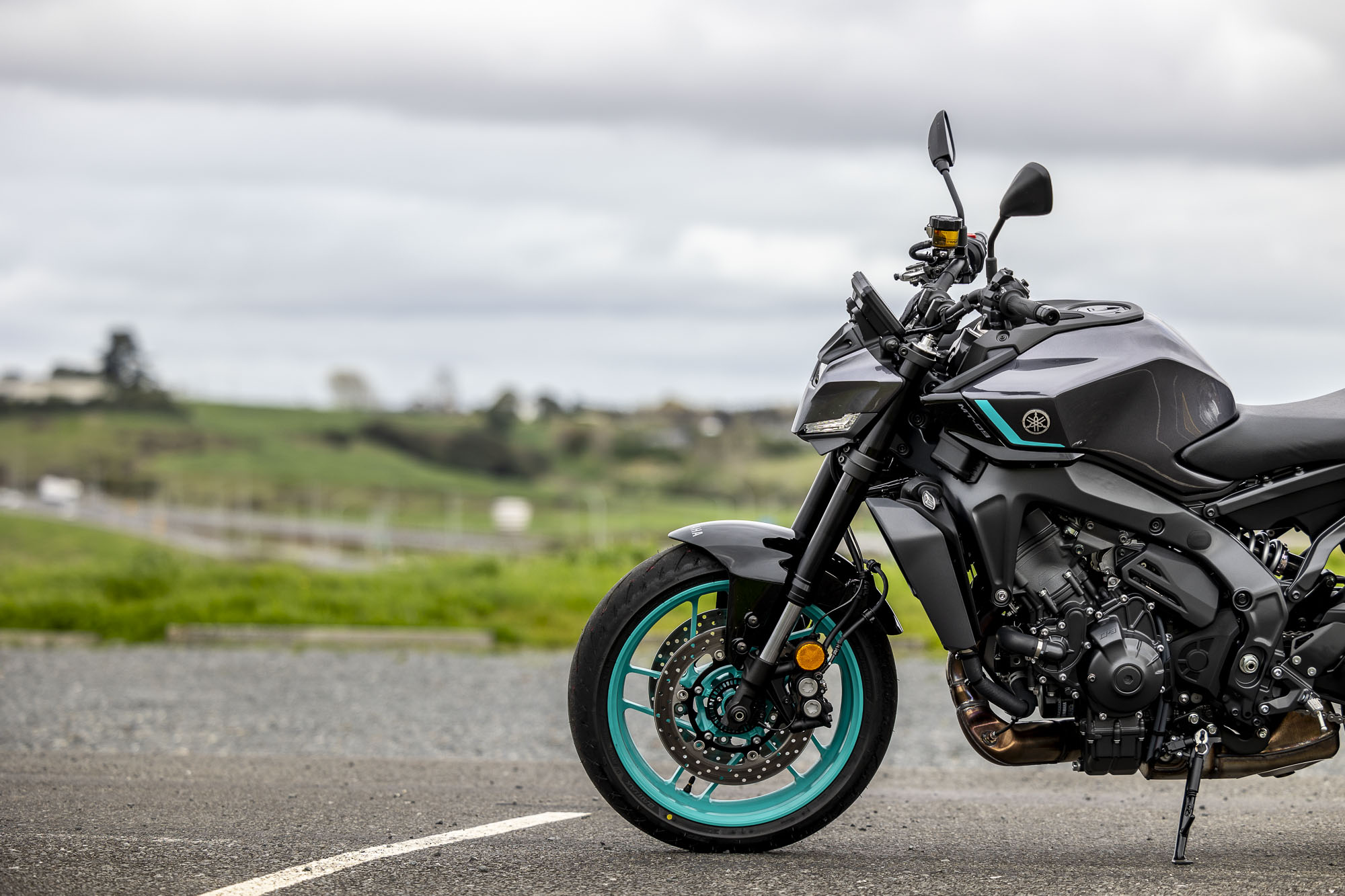
Rather than relying on large batteries or hybrid systems, Yamaha’s new design connects the turbo’s electric motor directly to a generator powered by the engine’s crankshaft. This setup allows the motor to spin the turbo before exhaust flow builds sufficiently, eliminating the need for substantial battery storage. If short-term energy storage is required, Yamaha’s patent suggests using capacitors instead of batteries. Crucially, the system is designed around a high-voltage electrical architecture, though the specific voltage isn’t detailed. In automotive applications, similar systems often operate at 48 volts, as opposed to the standard 12-volt systems.
Yamaha’s patent filings primarily focus on reducing the length of high-voltage wiring between the generator, control units, and the E-turbo to ensure system efficiency and safety. While turbocharged motorcycles have yet to become mainstream—aside from Kawasaki’s supercharged H2 series, which has been on the market for nearly ten years—the concept is gaining renewed interest. Honda is set to debut an electrically supercharged V3R, and Suzuki’s 776cc parallel-twin (seen in models like the GSX-8S, GSX-8R, and V-Strom 800) was originally developed with turbocharging in mind, although it launched as a naturally aspirated version.
Yamaha’s continued development in this area suggests the company remains confident that with the right technology, particularly a solution for lag, it could play a key role in the future of performance motorcycling. While there is no official launch timeline for the e-turbo technology, we can expect it to become a reality in the next couple of years to say the least.

